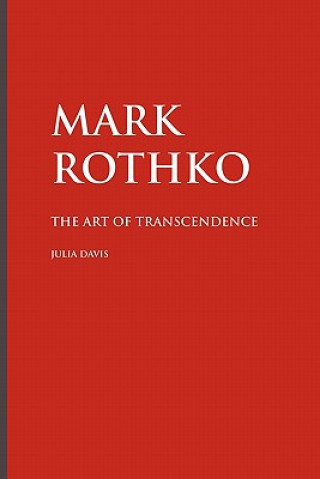
Code: 06278293
Mark Rothko
by JULIA DAVIS
MARK ROTHKO Mark Rothko (1903-1970, born Marcus Rothkowitz in Dvinsk, Russia) is one of the great 20th century American artists. A huge amount of material that has grown up around Rothko. Like Vincent v ... more
- Language:
 English
English - Binding: Paperback
- Number of pages: 140
Publisher: Crescent Moon Publishing, 2011
- More about this

You might also like
-
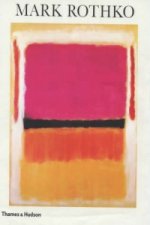
Mark Rothko
40.12 € -
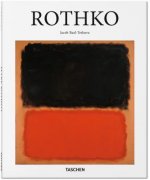
Rothko
14.83 € -4 % -
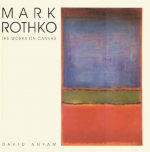
Mark Rothko
214.86 € -23 % -
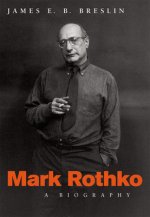
Mark Rothko
40.83 € -
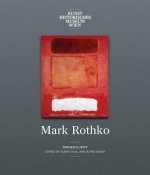
Mark Rothko
35.51 € -
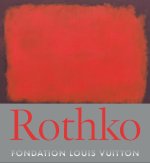
Mark Rothko
53.12 € -6 % -
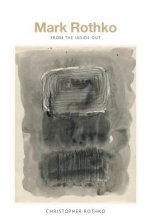
Mark Rothko
31.52 € -
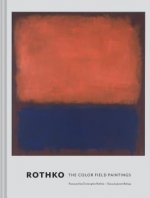
Rothko
33.36 € -18 % -
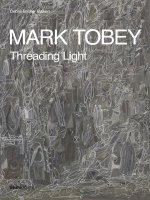
Mark Tobey
78.71 € -

Channels of Acupuncture
128.56 € -8 % -
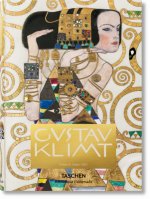
Gustav Klimt The Complete Paintings
21.28 € -19 % -

Pull-back Busy Train Book
18.72 € -16 % -
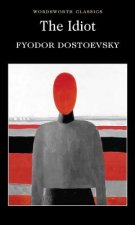
Idiot
5.31 € -13 % -
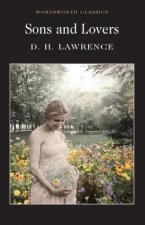
Sons and Lovers
4.60 € -24 % -

Betty Blue
12.27 € -23 % -
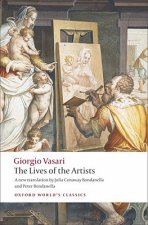
Lives of the Artists
11.66 € -18 % -

Building Valve Amplifiers
39.71 € -10 % -

Art Book
13.50 € -9 % -
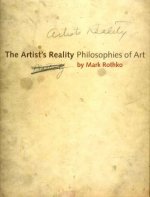
Artist's Reality
29.37 € -
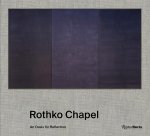
Rothko Chapel
42.57 € -16 % -
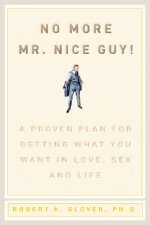
No More Mr. Nice Guy
26.09 € -
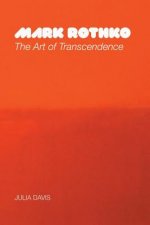
Mark Rothko: The Art of Transcendence
24.05 € -

Xamarin.Forms Essentials
39.50 € -
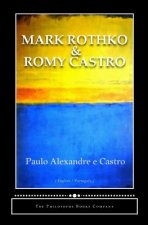
Mark Rothko and Romy Castro: Matters of Intimacy - Intimacy with Matters
7.87 € -

Video Modeling
10.84 € -3 % -
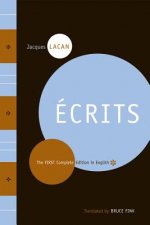
Ecrits
32.54 € -10 % -
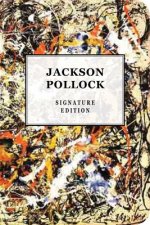
Jackson Pollock Signature Notebook
13.71 € -4 % -
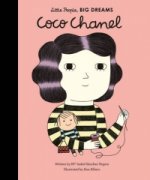
Coco Chanel
10.23 € -24 % -
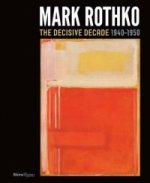
Mark Rothko
50.25 € -1 % -

Practice Makes Perfect Beginning Spanish with CD-ROM
24.66 € -
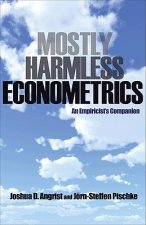
Mostly Harmless Econometrics
51.79 € -2 % -
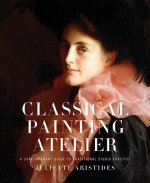
Classical Painting Atelier - A Contemporary Guide to Traditional Studio Practice
28.75 € -20 % -
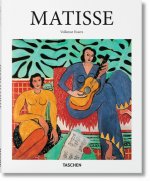
Matisse
16.57 € -23 % -
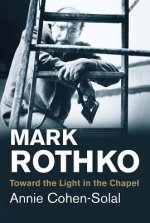
Mark Rothko
15.86 € -20 % -

Building Simple Model Steam Engines
9 € -23 % -
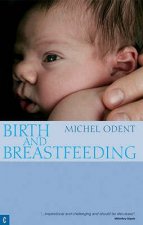
Birth and Breastfeeding
12.27 € -23 % -

English for Cabin Crew: Audio CD
40.83 € -
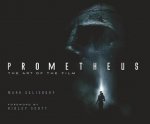
Prometheus: The Art of the Film
30.90 € -13 % -

Pocket Atlas of Radiographic Positioning
45.13 € -7 % -

Grammatik Gramatyka jezyka niemieckiego z cwiczeniami A1 A2 B1 B2
11.76 € -
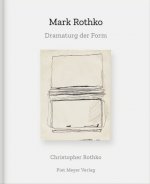
Mark Rothko
29.57 € -5 % -
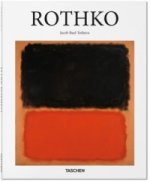
Rothko
15.55 €
Give this book as a present today
- Order book and choose Gift Order.
- We will send you book gift voucher at once. You can give it out to anyone.
- Book will be send to donee, nothing more to care about.
More about Mark Rothko
You get 44 loyalty points
 Book synopsis
Book synopsis
MARK ROTHKO Mark Rothko (1903-1970, born Marcus Rothkowitz in Dvinsk, Russia) is one of the great 20th century American artists. A huge amount of material that has grown up around Rothko. Like Vincent van Gogh, Pablo Picasso, Claude Monet and Leonardo da Vinci, Mark Rothko has been lionized by hundreds of art critics. Rothko remains a greatly admired painter. His works will not, it seems, reach the same mass audiences as Monet or van Gogh, perhaps because Rothko is an abstract artist, and very few abstract artists achieve the mega stature of figurative painters such as van Gogh or Monet. Abstract art of the Mark Rothko kind - the colourfield skeins of Morris Louis, or the black stripes of polychrome shaped canvases of Frank Stella, or the bold, black, calligraphic brushstrokes of Franz Kline - has yet to become as widely accepted as Gustav Klimt's nudes or Sandro Botticelli's Madonnas. In the art world itself, though, Mark Rothko is a highly celebrated painter. He appears in the 20th century Olympian pantheon alongside Jackson Pollock, Piet Mondrian, Paul Klee, Robert Rauschenberg and Jasper Johns. Mark Rothko's art has been seen by critics as 'transcendent' (Ashton, Robertson), 'a sort of spiritual Stonehenge' (Brookner), 'lavish self-indulgence' (Kozloff), 'Dionysian' (Hobbs), 'sensuous and and spiritual' (Waldman), 'enormous, beautiful, opaque surfaces' (Selz), 'enigmatic, gripping presence' (Goldwater), 'incandescent color' (Greenberg), 'haunting' (Sylvester), 'visionary simplicity' (Sandler) and 'tinted hallucinatory cloth' (de Kooning). For poet John Ashbery, Rothko 'seems to eliminate criticism'. The archetypal response to Mark Rothko's art is that it is a (1) 'heroic', (2) 'transcendent', (3) 'spiritual' and (4) 'tragic' art. These are four of the most commonly deployed adjectives in Rothko art criticism (others include 'Buddhist', 'Faustian' and 'death-conscious'). Rothko's painting is seen as (1) 'heroic' because it attempts achieve something great in a world of Existential suffering. Out the slime and the pain and the horror of modern life rise Rothko's 'heroic' canvases. His canvases become a gesture of affirmation in amongst the global angst (as with Rothko's contemporaries, such as Pollock and Newman). Includes new illustrations.
 Book details
Book details
Book category Books in English The arts Art forms Painting & paintings
17.80 €
- Full title: Mark Rothko
- Subtitle: The Art of Transcendence
- Author: JULIA DAVIS
- Language:
 English
English - Binding: Paperback
- Number of pages: 140
- EAN: 9781861713148
- ISBN: 9781861713148
- ID: 06278293
- Publisher: Crescent Moon Publishing
- Weight: 236 g
- Dimensions: 234 × 155 × 8 mm
- Date of publishing: 01. March 2011
Trending among others
-
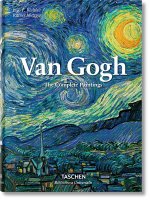
Van Gogh
18.31 € -10 % -

1,500 Color Mixing Recipes for Oil, Acrylic & Watercolor
21.28 € -19 % -
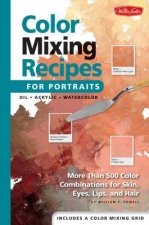
Color Mixing Recipes for Portraits
7.97 € -22 % -
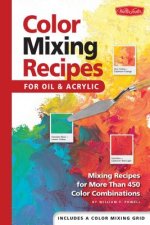
Color Mixing Recipes for Oil & Acrylic
7.97 € -22 % -

Color Mixing Recipes for Landscapes
13.71 € -14 % -
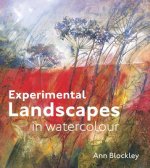
Experimental Landscapes in Watercolour
22 € -23 % -

Bible Journaling Made Simple
20.16 € -6 % -
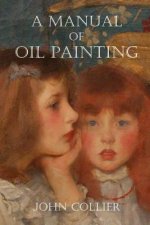
Manual of Oil Painting
25.27 € -
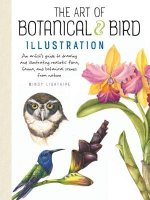
Art of Botanical & Bird Illustration
14.42 € -23 % -
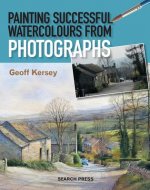
Painting Successful Watercolours from Photographs
16.57 € -23 % -
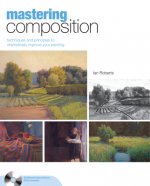
Mastering Composition
27.01 € -13 % -
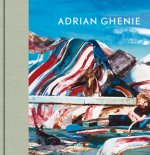
Adrian Ghenie
56.19 € -2 % -
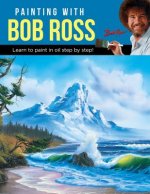
Painting with Bob Ross
14.42 € -23 % -
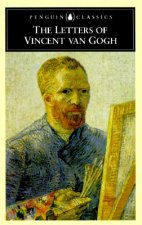
Letters of Vincent Van Gogh
14.42 € -23 % -
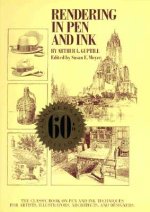
Rendering in Pen and Ink - 60th Anniversary Editio n
25.48 € -18 % -

John Singer Sargent Watercolors
49.43 € -19 % -
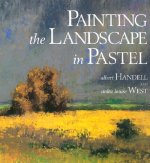
Painting the Landscape in Pastel
20.87 € -20 % -

Five-Minute Watercolour
11.15 € -23 % -

Geoff Kersey's Pocket Book for Watercolour Artists
10.12 € -22 % -
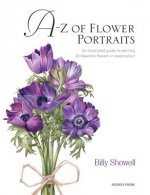
A-Z of Flower Portraits
19.85 € -23 % -
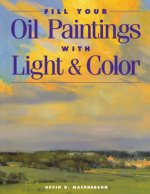
FILL YOUR OIL PAINTINGS WITH LIGH
21.18 € -16 % -

Vintage Years of Airfix Box Art
54.24 € -17 % -

30 Minute Artist: Painting Water in Watercolour
9 € -23 % -
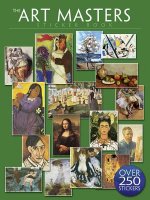
Art Masters Sticker Book: Over 250 Stickers
31.83 € -
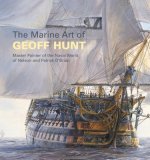
Marine Art of Geoff Hunt
27.42 € -23 % -

Ready to Paint: Watercolour Flowers
15.34 € -21 % -
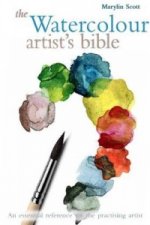
Watercolour Artist's Bible
16.57 € -23 % -
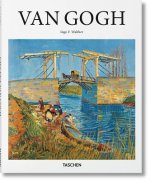
Van Gogh
15.34 € -
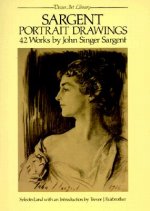
Portrait Drawings
8.38 € -19 % -

Ready to Paint: Watercolour Landscapes
10.12 € -22 % -
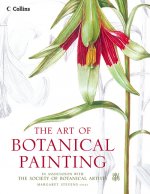
Art of Botanical Painting
22 € -23 % -

Jean Haines' World of Watercolour
28.75 € -20 % -
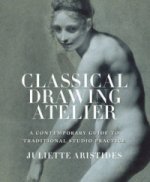
Classical Drawing Atelier (Export Edition)
22 € -23 % -
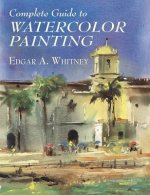
Complete Guide to Watercolor Painting
33.87 € -5 % -
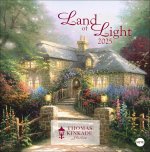
Thomas Kinkade: Land of Light Broschurkalender 2025
11.66 € -4 % -
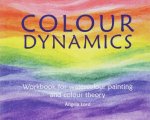
Colour Dynamics Workbook
27.42 € -23 % -
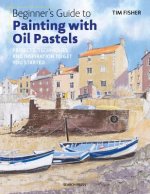
Beginner's Guide to Painting with Oil Pastels
14.42 € -23 % -

Acrylics for the Absolute Beginner
14.42 € -23 % -
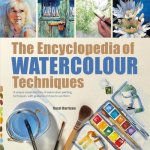
Encyclopedia of Watercolour Techniques
16.57 € -23 % -

Natural Way to Paint
28.04 € -
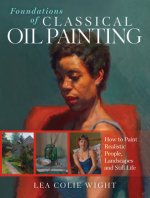
Foundations of Classical Oil Painting
24.86 € -5 % -
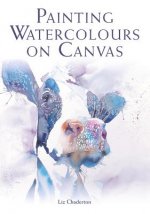
Painting Watercolours on Canvas
17.80 € -17 % -
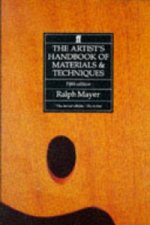
Artist's Handbook of Materials and Techniques
32.75 € -23 % -
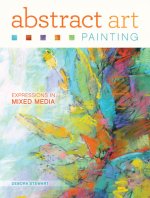
Abstract Art Painting
20.87 € -20 % -
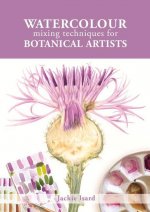
Watercolour Mixing Techniques for Botanical Artists
15.96 € -15 % -
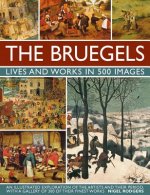
Bruegels: His Life and Works in 500 Images
18.72 € -23 % -
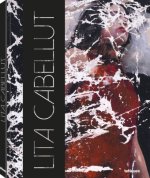
Lita Cabellut
75.74 € -4 % -
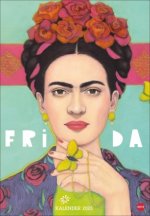
Frida Posterkalender 2025
24.56 € -4 % -
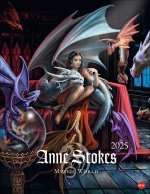
Anne Stokes: Mystic World Posterkalender 2025
17.49 € -4 %
Collection points Bratislava a 2642 dalších
Copyright ©2008-24 najlacnejsie-knihy.sk All rights reservedPrivacyCookies



 15549 collection points
15549 collection points Delivery 2.99 €
Delivery 2.99 € 02/210 210 99 (8-15.30h)
02/210 210 99 (8-15.30h)